Make what you will of surveys of the “best” — they may be predictable, or tainted by politics and friendships among peers and rivals, but they are still interesting. Vanity Fair‘s August issue is out with a list of the best buildings erected since 1980, chosen by 52 architects. Among the voters were Zaha Hadid, Hugh Hardy, Ricardo Scofidio, Cesar Pelli, and David Chipperfield.
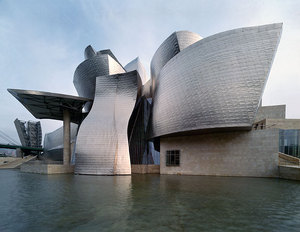 The No. 1 building is no surprise: Frank Gehry’s Guggenheim Bilbao with 28 votes (at left). As critic Paul Goldberger says in the article, the museum was a “rare moment” when critics, academics and the public agreed on a building’s merit.
The No. 1 building is no surprise: Frank Gehry’s Guggenheim Bilbao with 28 votes (at left). As critic Paul Goldberger says in the article, the museum was a “rare moment” when critics, academics and the public agreed on a building’s merit.
But considering all the museum-building that has taken place the world over since 1980, and the talk that museums are the cathedrals of today, it’s notable that three other museum made the top 10, but with not all that many votes: the Menil Collection in Houston, by Renzo Piano, at No. 2 (10 votes); the Neue Staatsgalerie in Stuttgart, by Sir James Stirling (6 votes), tied with three others at No. 5, and the Jewish Museum in Berlin, by Daniel Libeskind (4 votes), tied with two others at No. 10.
It’s also notable that the extended list — of all 21 buildings receiving more than two votes — extends the honor to Steven Holl’s addition to the Nelson-Atkins Museum in Kansas City (3 votes). (I liked that building, too.)
So, five buildings out of 21 for visual arts structures. I’d say several highly-touted buildings are missing. And, just maybe, that several architects have been coasting for the last decade or so.
And don’t think that’s because the architects want to spread the honors, with few repeats. Three buildings by Rem Koolhas make the list — he’s the only one with more than one building on the main list. The entire roster, with pictures, of the vote-getters is here. The pictures are really worth a look.
VF’s other list, of the top 21st century structures, includes Hadid’s MAXXI museum in Rome — it also received 2 votes.

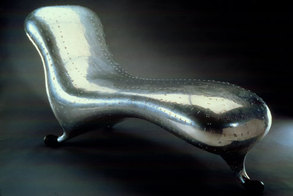
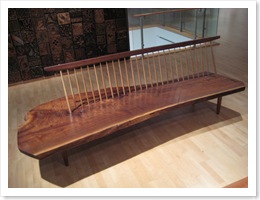 These numbers are limited, obviously — they can’t tell what’s happening in galleries, the same way we can’t know what’s happening in the gallery sector of the art markets. But they’re interesting as a guideline.
These numbers are limited, obviously — they can’t tell what’s happening in galleries, the same way we can’t know what’s happening in the gallery sector of the art markets. But they’re interesting as a guideline. 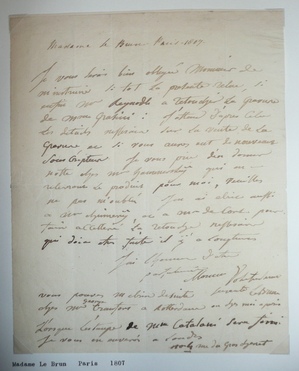
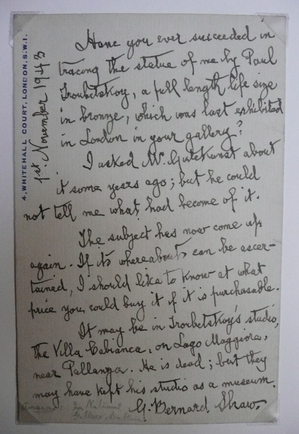
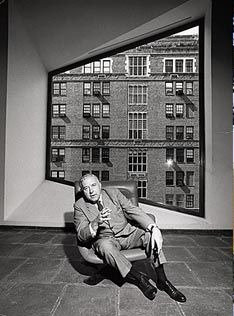 For a start, in the press coverage, little if any attention was paid to the Whitney’s declining attendance. Yet its drop is far worse than other museums. As I write for the June issue of The Art Newspaper,
For a start, in the press coverage, little if any attention was paid to the Whitney’s declining attendance. Yet its drop is far worse than other museums. As I write for the June issue of The Art Newspaper, 